"Made in the USA!"
When it comes to the dietary supplement industry, the above statement is quite the bold claim. After all, a product that's bottled or "manufactured" in the USA is still not necessarily made in the USA.

BioKyowa: Quality, Tested Dietary Supplement Ingredients Made in the USA at their facility in Cape Girardeau, Missouri!
That's because, as many of us are well aware, most component parts (ingredients, tubs, lids, and scoopers) are actually created overseas. And the Federal Trade Commission has weighed in on this, stating that products with foreign content are not, after all, made in the USA.
But what if there were some ingredients that are actually created here in the United States? It turns out that there are - and it's from a company we've covered several times on this very blog.
Kyowa Quality: Glutamine, Arginine, and Citrulline that’s Made in the USA
If you're the kind of consumer who pays close attention to the supplement facts label on the products you buy, you've probably noticed an important pattern: Many premium supplement brands, especially those focused on health and wellness, opt for Kyowa Quality amino acids whenever possible.
You've no doubt seen Kyowa Quality L-glutamine, L-arginine, and L-citrulline show up in supplements you've bought or researched. Maybe you've even seen Setria and Velox, two other supplements currently trademarked by Kyowa. Back when the author of this article was first getting into supplements, he quickly learned from more veteran consumers to select Kyowa Quality products, as they have an excellent reputation for purity and efficacy.
And it just so happens that Kyowa runs a production and research facility in Cape Girardeau, Missouri where these ingredients are produced and locally stocked!
In today's article, we get into these ingredients and far more, first introducing Kyowa Quality's parent company, Kyowa Hakko, then discussing their commitment to quality and their Missouri-based plant. Before doing so, sign up for our Kyowa Hakko news alerts so that you get notified anytime we produce news on their products and news:
Subscribe to PricePlow's Newsletter and Kyowa Hakko Alerts
Kyowa Hakko’s Contribution to Global Health
So what is Kyowa Quality, and what sets Kyowa apart from its competitors?
The Kyowa Quality label means that the amino acids in question have been produced by Kyowa Hakko Bio Co., Ltd., a Japanese biotechnology company with a long history of participation in the global food and supplement industries. Kyowa's distinguished reputation goes back to the 1940s, when the company was established with the twin goals of helping eradicate tuberculosis and stabilizing the then-precarious food supply.
In the 1950s, Kyowa partnered with Merck to develop the antibiotic streptomycin, which did indeed help eradicate tuberculosis in Japan. It was also during the 50s that Kyowa invented the concept of amino acid production via bacterial fermentation. This was a key innovation that, when applied to the production of glutamic acid, enabled producers to scale up instant noodles to a true mass-market product during the 60s and 70s. Kyowa also partnered with the United Nations and the Japanese educational system to bring lysine-enriched food to children.
This is just part of what Kyowa Hakko has accomplished during its 74 years of improving global health through science. By highlighting some of its major accomplishments, we hope to illustrate how Kyowa isn't just a supplement ingredient manufacturer – it's much bigger than that, and indeed, predates the nutritional supplement industry as we know it by a few decades.
Commitment to Purity – GRAS Self-Affirmed
Kyowa's use of bacterial fermentation is key to understanding why their amino acids are of such high quality and purity. There are, after all, other methods of mass-producing aminos, but these alternatives come with one or more major problems.
- Extraction and chemical synthesis, the two scalable alternatives to bacterial fermentation, generate toxic byproducts that can end up contaminating the final product.[1]
- Chemical synthesis produces D-isomer forms of amino acids as well as the L-isomers. So, if you're trying to produce aminos for human consumption, which only the L-isomers are good for, then you'll have to perform an extra processing step to turn all your D-citrulline into L-citrulline, for example.[1]
Producing aminos through fermentation solves both problems. Fortunately, this is a case where the most scalable solution is also the healthiest. Thanks to this, Kyowa was able to complete the FDA's program for the Self-Affirmed Generally Recognized As Safe (GRAS) designation for a variety of ingredients. This means that an independent panel of experts convened by Kyowa has concluded and notified the FDA that certain Kyowa ingredients are GRAS.
For example, from our knowledge, Kyowa's self-affirmed GRAS for citrulline makes it the only brand with any kind of GRAS citrulline.
MADE IN THE USA
As part of the famous economic coupling that took place between the United States and Japan in the 1980s, Kyowa opened a production and research facility in Cape Girardeau, Missouri that to this day employs over 100 Americans. This means that supplement formulators have the option to source high-quality amino acids from the United States.
There are several advantages to this, but let's start with the big one: Buying from Kyowa, USA brings your product that much closer to a legitimate "Made in the USA" label claim.
Approaching a true “Made in the USA” claim
As many of us are aware, the vast majority of dietary supplement ingredients come from Asia. If you see "Made in the USA" on a supplement tub, chances are that this is not entirely true -- and it's not legal, either.
The FTC (Federal Trade Commission) states the following:
"For a product to be called Made in USA, or claimed to be of domestic origin without qualifications or limits on the claim, the product must be 'all or virtually all' made in the U.S.
...'All or virtually all' means that all significant parts and processing that go into the product must be of U.S. origin. That is, the product should contain no — or negligible — foreign content."[2]
This means that next to zero dietary supplements can truly make a legitimate "Made in the USA" claim. They may say "manufactured in the USA with globally-sourced parts", but they're not 100% made in the USA. However, with Kyowa Quality, that can potentially change.
Bringing supply chains back home for quality and availability
Moreover, this also matters thanks to the events of 2020, where more Americans than ever have been questioning the notion that we need to rely on overseas supply chains for our most critical goods. There are huge questions of product quality, which matter most when it comes to things consumers ingest. Consumers not just in the USA, but all over the world, will rest assured of supplement safety and purity if they know their supplements were subject to the strict regulatory oversight we have in America.
Another big concern is availability and lead times. For American supplement manufacturers, Kyowa's presence in Missouri means that, except for the largest orders, lead times are practically non-existent.
But the big ones are efficacy and value per consumer dollar. Since Kyowa's process is patented and standardized, consumers know that any Kyowa Quality amino acid they spend their hard-earned money on will be just that – the desired amino acid, and nothing else. This means that if you take 10 grams of Kyowa Quality L-citrulline, for example, you can rest assured that you're really getting the full 10-gram dose.
Some Kyowa Quality Amino Acids and Their Benefits
So how could Kyowa Quality amino acids benefit your next formulation? Let's highlight a few and what they could do for your next product:
-
Kyowa Quality L-Citrulline
Citrulline is the industry's current go-to nitric oxide (NO) boosting ingredient. When taken orally, citrulline has been shown to increase blood levels of arginine, the precursor to NO. This, in turn, raises NO levels as well.[3]
Thanks to NO's vasodilatory effect, and citrulline's impact on the metabolism of certain other amino acids, citrulline supplementation can:
- Increase power by improving oxygen utilization[4]
- Prolong athletic endurance by about 50%[5]
- Decrease post-workout muscle soreness[5]
- Increase growth hormone production[6]
- Prevent exercise-related protein degradation[7]
- Accelerate muscle protein synthesis[8,9]
Kyowa-Specific Study
While the minimum effective dose for citrulline is usually quoted at 3 grams, one clinical trial conducted with just 2.4 grams of Kyowa Quality citrulline found significant benefits for athletic performance.[10]
This 2016 study was randomized, double-blind, and placebo-controlled – all excellent study design characteristics. It was also a crossover study, meaning that instead of running the experiment on a test group and a placebo group concurrently, there was just one group of subjects who served as their own controls. This is done by administering either the experimental treatment or the placebo first, and then administering the other treatment after a washout period.
The study had 22 trained males (i.e., already-conditioned athletes) take either 2.4 grams of Kyowa Quality citrulline per day, or a placebo, for 8 days. Then, on the eighth day, the subjects did an exercise performance test in the form of a 4-kilometer cycling time trial. Researchers measured the following:
Just 2.4 grams of Kyowa Quality citrulline, taken daily for 8 days, was enough to significantly improve young (average age 22) athletic males' performance on a 4 kilometer cycling time trial.[10]
- Time to completion (i.e., the time it took subjects to ride 4 kilometers)
- Power output/VO2 ratio (PO/VO2)
- Plasma nitrite and nitrate (NOx) levels
- Plasma amino acid levels
- Visual analog score (VAS) – a measure of muscular fatigue
The researchers found that citrulline boosted blood NOx levels by about 700%, and also effectively raised blood arginine levels, which probably isn't too surprising. The more interesting question is whether the 2.4-gram dose increased NO production by enough to make a difference in real world-performance.
The citrulline treatment decreased the subjects' time to completion by 1.5%, from an average time of 578 seconds to 569 seconds.[10] That might not sound like much, but in the world of endurance sports, it definitely is. A veteran cyclist might train an entire season to improve his time by that much.
Citrulline didn't make a huge difference to the subjects' oxygen uptake, but it did significantly increase their power output. This suggests that citrulline is helping the body use oxygen more efficiently.[10]
Interestingly, although the citrulline didn't cause any significant change in the subjects' average VO2, it did still increase their power output. The authors of the study point out that this result is consistent with other research showing that supplementation with nitrates decreases the "oxygen cost" of submaximal cycling – meaning that upregulating NO can help the body use oxygen more efficiently.[10]
The 2.4 gram dose of Kyowa Quality citrulline was also enough to significantly improve multiple markers of fatigue, as assessed immediately following exercise using the visual analog scale (VAS).[10]
Finally, the study concluded that 2.4 grams of Kyowa Quality was enough to significantly improve subjects' self-reported fatigue immediately after exercise. This should make recovery easier – a key value proposition of citrulline supplementation.
Why this study matters – product quality and efficacy
The choice to study the effects of 2.4 grams of citrulline per day is deliberate – the most commonly used and studied dose by far is 3 grams per day, and this figure is tacitly accepted as the minimum effective dose by the supplement industry. Nevertheless, Kyowa wanted to demonstrate that with the quality of ingredients they produce, you can do less with more. This study showed that in spades.
-
Kyowa Quality L-Arginine
Kyowa Hakko also produces L-arginine. Arginine is actually the most direct precursor to NO synthesis. Citrulline works by increasing the amount of arginine in your blood, with that extra arginine getting turned into NO by an enzyme called endothelial nitric oxide synthase (eNOS). Citrulline → Arginine → NO.
Kyowa Quality makes arginine, citrulline, glutamine, ornithine, BCAAs, and glycine - much of it available in the USA through BioKyowa
So why not supplement with arginine instead of citrulline? The answer is that citrulline's oral bioavailability is much higher than arginine's,[11,12] which is why citrulline is the industry's current go-to amino acid for boosting NO production.
You might think this makes arginine obsolete, but you'd be wrong. As it turns out, the combination of citrulline and arginine is actually more effective than either amino acid on its own, ceteris paribus. So if you want some major NO–boosting action, consider stacking Kyowa Quality citrulline with Kyowa Quality arginine.
-
Kyowa VELOX – Patented Citrulline/Arginine Combination
Kyowa actually owns a patent on a combination of Kyowa Quality L-arginine and Kyowa Quality L-citrulline. The ingredient is called VELOX, and consists of a 1:1 ratio of these two amino acids, producing maximum NO-driven performance benefits.
VELOX is protected by four U.S. patents.[13-16]
How would VELOX work for a monster NO boost?
The basic reason why oral arginine supplementation doesn't work very well is that an enzyme called arginase breaks it down before it can reach effective concentrations in your blood. But when we administer citrulline alongside arginine, the citrulline inhibits arginase, allowing that oral arginine to build up without being prematurely degraded.
VELOX-specific study
In one 2017 study carried out in Osaka, Japan,[17] 45 healthy Japanese subjects were randomized to receive one of the three following treatments:
- 2.0 grams of citrulline/day
- 2.0 grams of arginine/day
- 1.0 gram of citrulline/day and 1.0 gram of arginine/day in the form of 2.0 grams VELOX
Note that these treatment conditions are dose-matched – each group got exactly 2.0 grams of whatever aminos they were taking.
Arginine and citrulline together raise plasma arginine more than equivalent doses of each one individually![17]
The results clearly show that the VELOX group had significantly higher blood arginine levels for longer than any other treatment group. This means that the total action of arginine was highest in the VELOX group.[17] Raising blood arginine levels is the goal of citrulline and arginine supplementation, since, again, arginine is the direct precursor to NO.
-
Kyowa Quality L-Glutamine
Kyowa also makes L-glutamine, a crucial nutrient for gut and immunity health. We're not aware of any studies on Kyowa Quality glutamine (yet!), but we want to take a minute to talk about glutamine, and why it's especially important that glutamine sources are as pure and clean as possible.
As far back as 1996, researchers who studied glutamine were aware that "There is also considerable evidence that glutamine can enhance the barrier function of the gut."[18] For example, during illness, glutamine consumption in animals' guts goes through the roof,[18,19] which implies that glutamine has important anti-stress properties.
The same observation was made in humans with a 1991 study in which researchers found that patients hospitalized for major trauma showed glutamine depletion, but no depletion of other amino acids.[19]
Glutamine mitigates gut atrophy
Certain medical conditions may require the use of parenteral nutrition, in which patients are provided nutrition by some technique that bypasses the digestive tract. In these cases, the gut is known to atrophy – but supplemental glutamine has been shown to significantly reduce the extent to which this atrophy occurs.[20]
Glutamine’s role in the gut lining
One of the most important functions of the gut lining is its selective permeability – it allows nutrients to pass through while preventing toxins and pathogens from doing the same. Obviously, this innate immunity role is crucial for whole-body immune function.
So it's interesting to note that glutamine can strengthen the gut's inner mucous lining,[21] which makes it better at supporting innate immunity.
On the other hand, if this mucosal lining deteriorates, the gut gradually loses its selective permeability in a condition called leaky gut syndrome where undigested food molecules, pathogens, and toxins seep out of the digestive tract and into interstitial spaces. Because the human immune system is not necessarily programmed to recognize these foreign bodies, it attacks them, which causes chronic inflammation.
Also from Kyowa: Cognizin® Citicoline is dubbed the The Brain Choline not just because it provides choline, but because it also supplies cytidine, which is also needed for the synthesis of phosphatidylcholine
Fortunately, glutamine consumption can go a long way toward restoring the integrity of this lining, and thus healing leaky gut.[22,23] Research has found that glutamine can significantly reduce intestinal permeability.[24-29]
High-glutamine diets have been shown to decrease bacteria's ability to pass through the gut mucosal lining,[30,31] while low levels of glutamine in the blood are linked to impaired immune function and increased rates of infectious disease.[32]
Part of glutamine's function seems to serve as a fuel source for critical GI cells.[33] Glutamine can help provide cellular energy to enterocytes and epithelial cells, which can help boost immune function in surgical and critically ill patients.[33]
A 2012 meta-analysis concluded that glutamine can improve barrier function and morphology, prevent mucosal atrophy, mitigate radiation-induced GI injury, decrease oxidative stress, increase mucosal lymphocyte count, and reduce intestinal permeability and inflammation.[22]
-
Kyowa’s Setria Glutathione
We also want to highlight the fact that Kyowa manufactures Setria, one of very few orally bioavailable L-glutathione (GSH) formulations on the market today. We love GSH because it's the human body's most powerful endogenous antioxidant, and is absolutely crucial for optimal human health and performance. Once again, it was Kyowa's innovative fermentation-based production process that enabled the breakthrough.
Setria study
A groundbreaking 2015 clinical study from the European Journal of Nutrition demonstrated that Setria® can increase both blood levels and body compartment stores of glutathione when taken daily for 6 months at 250 or 1,000 milligrams per day.[34]
"The methods of testing and specific knowledge of glutathione have increased over the years, making some of the older studies showing that glutathione was not absorbed controversial and almost obsolete," explains Danielle Citrolo, PharmD, VP of scientific & regulatory affairs at Kyowa Hakko USA. With Setria® glutathione, oral glutathione stores are improved thanks to proper absorption in the intestinal lining.[34-36]
Setria and citrulline for nitric oxide production
Setria has also been shown to be synergistic with L-citrulline in terms of nitric oxide production.[37,38] Together, they may improve muscular strength and lean muscle mass.[38] Reason being, glutathione can react with free radicals, protecting NO from oxidative damage. It can also stabilize low levels of NO, allowing for a slow release of nitric oxide.[39]
Conclusion: Kyowa Quality, Truly Made in the USA
Kyowa amino acids are the industry standard for purity and efficacy. Supporting domestic American industry with very short lead times on bulk orders is an awesome bonus.
It's nice to see that Kyowa is committed to conducting Kyowa-specific studies and adhering to FDA GRAS regulations. While Kyowa GRAS for L-Citrulline is currently self-affirmed, this nonetheless signals that the company is serious about creating the highest quality aminos possible.
You can learn more at https://kyowaquality.com/ and the American facility at https://www.biokyowa.com/.
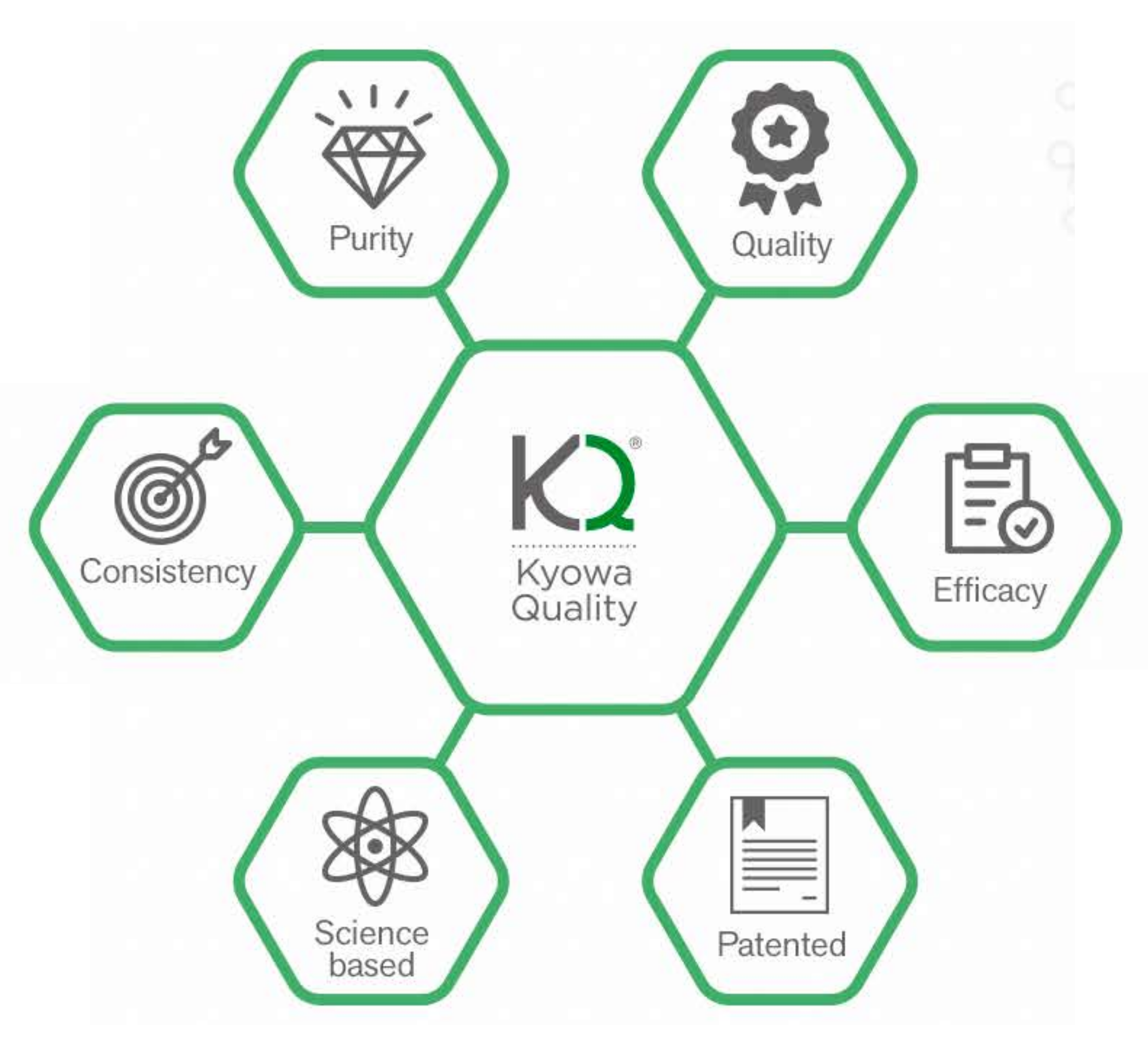
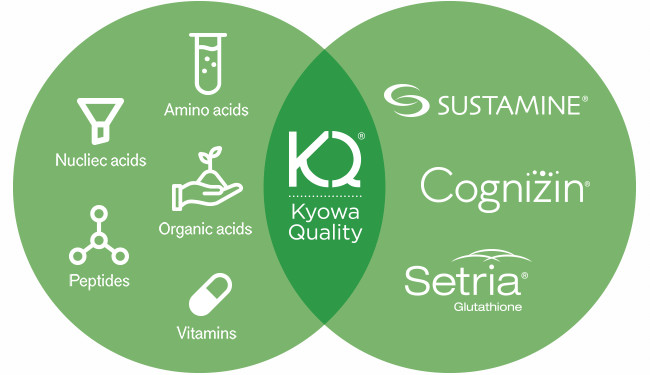

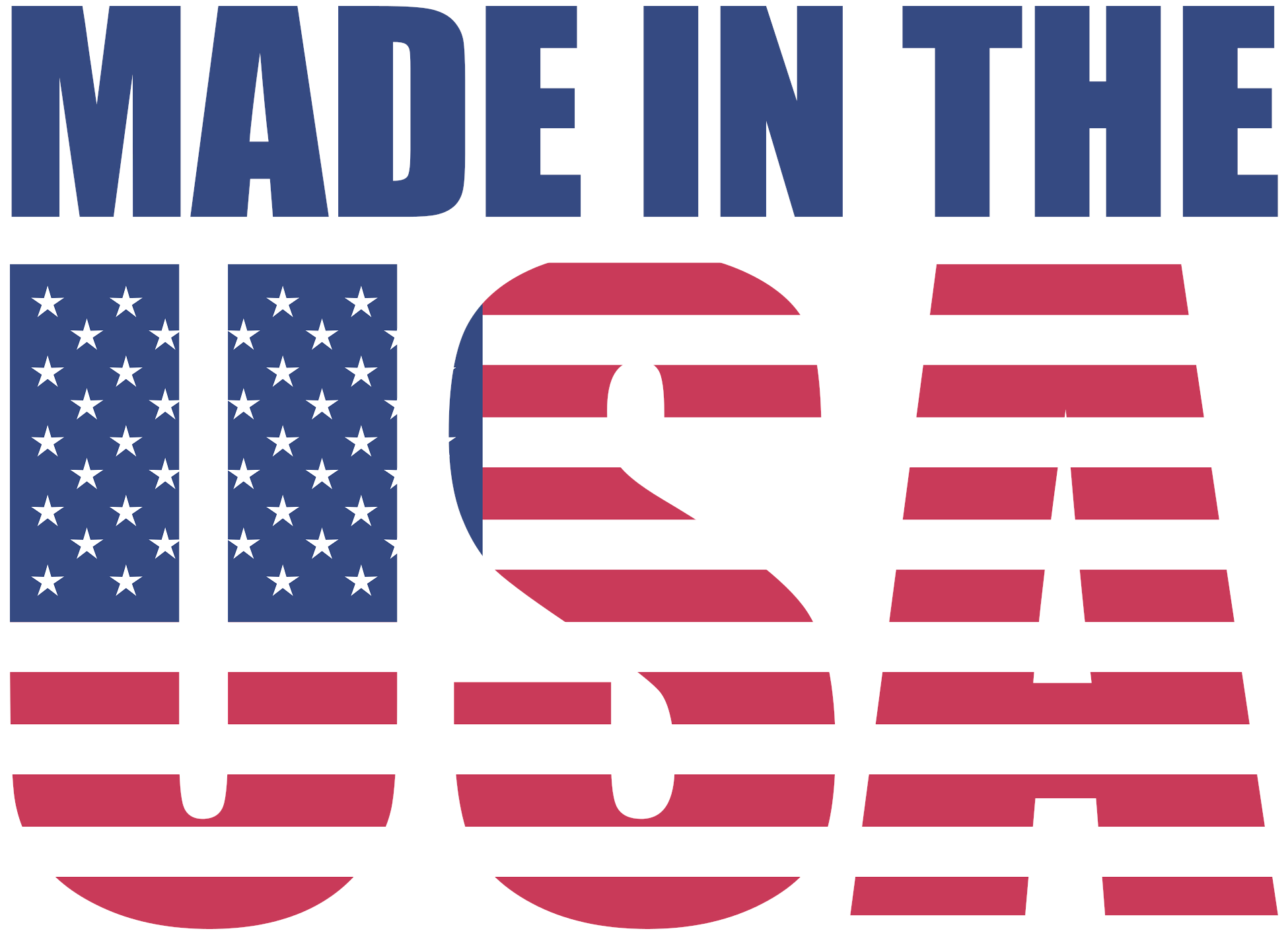
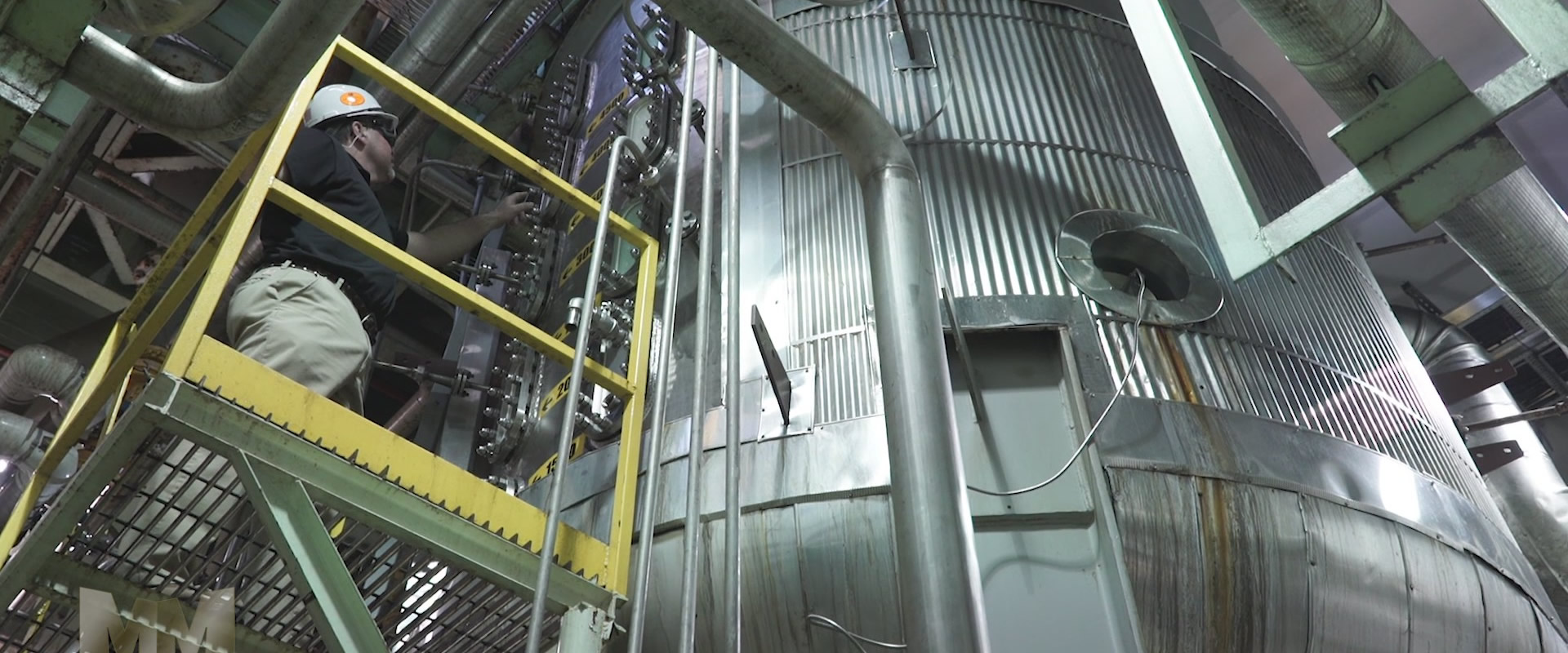
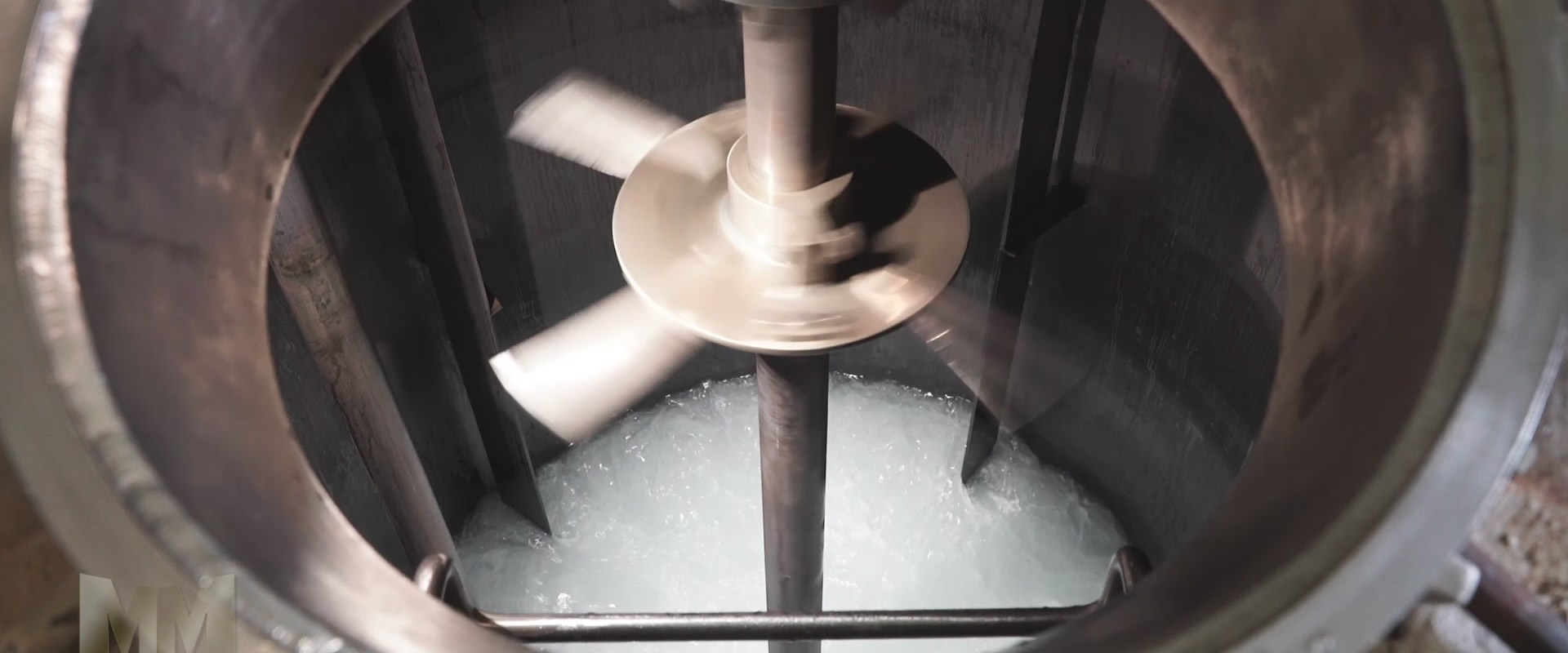
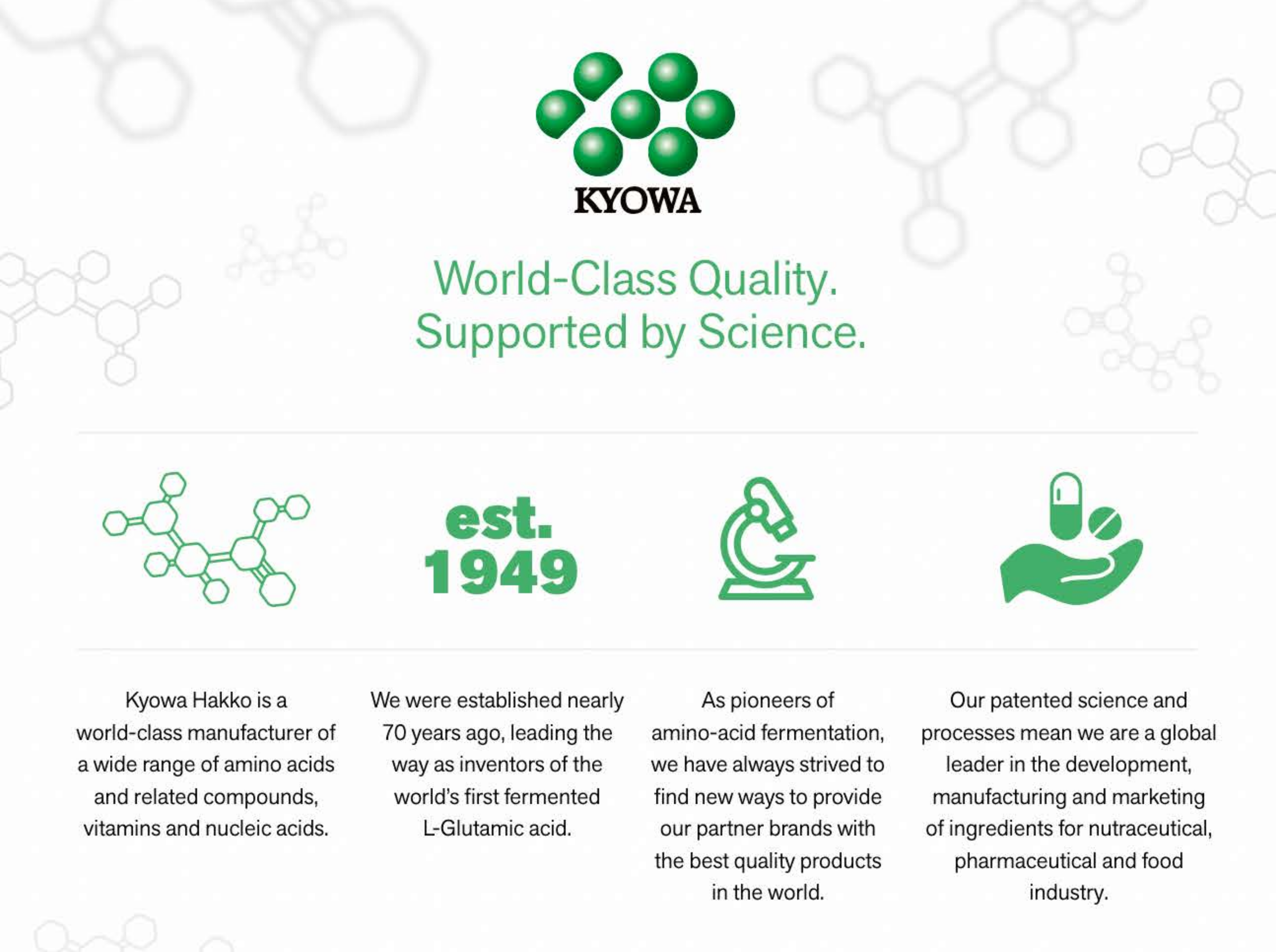
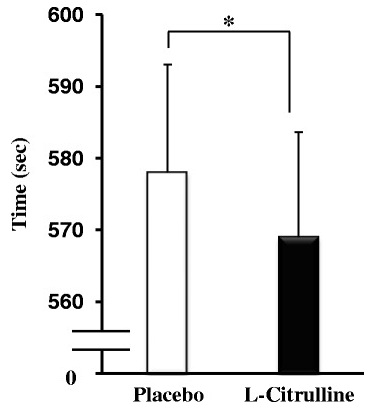
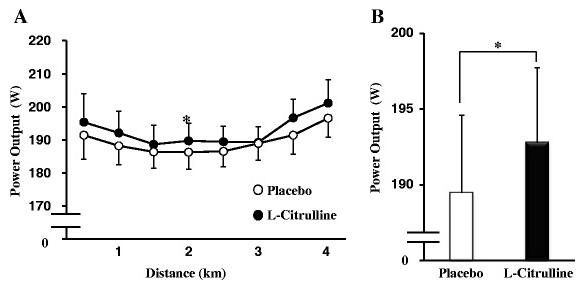

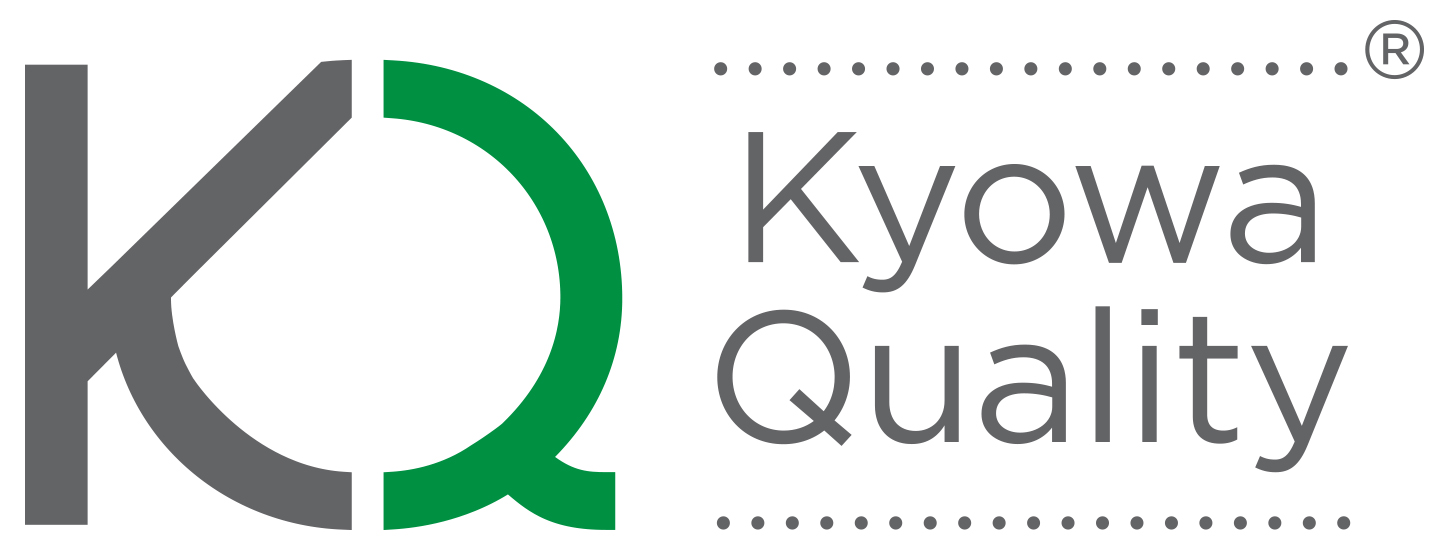

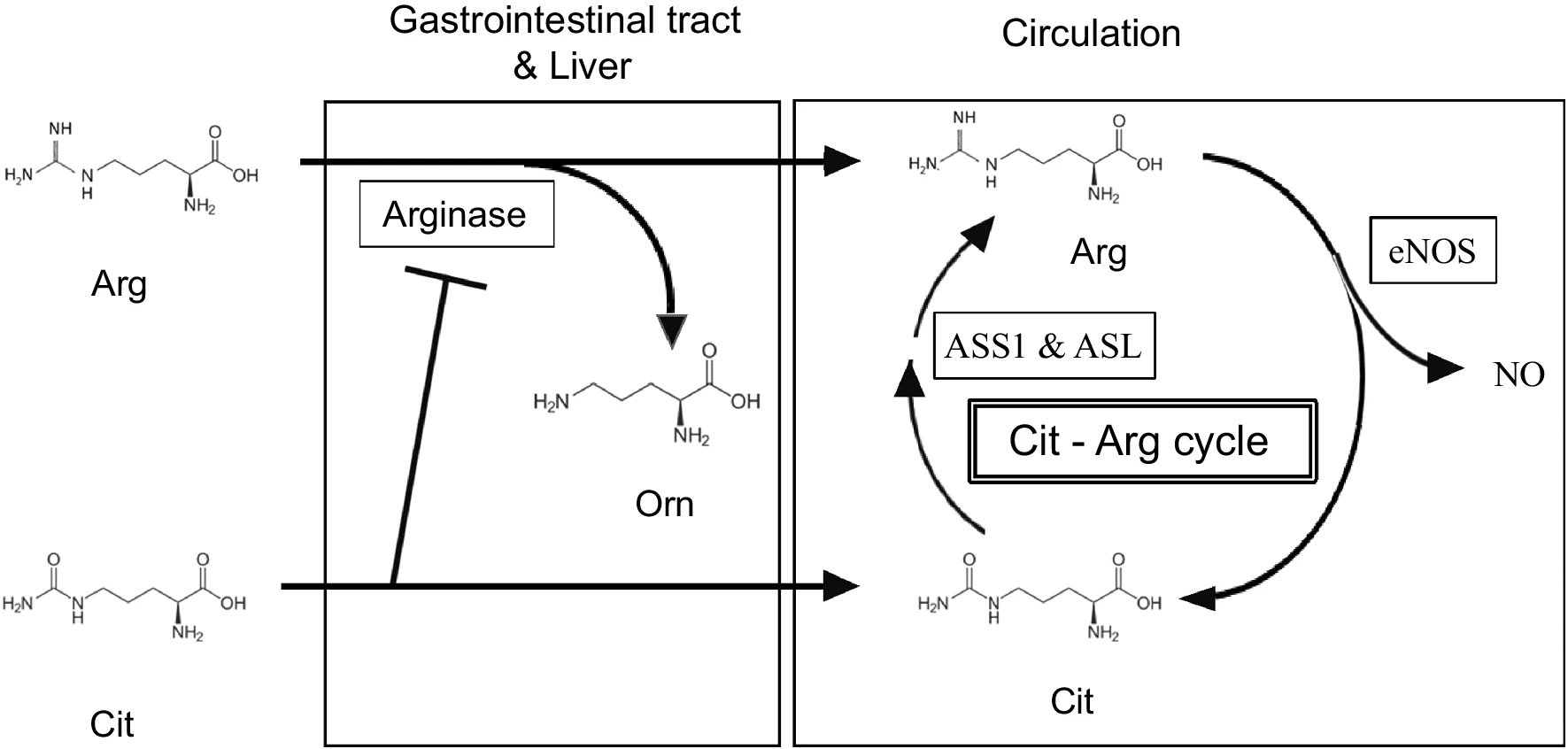



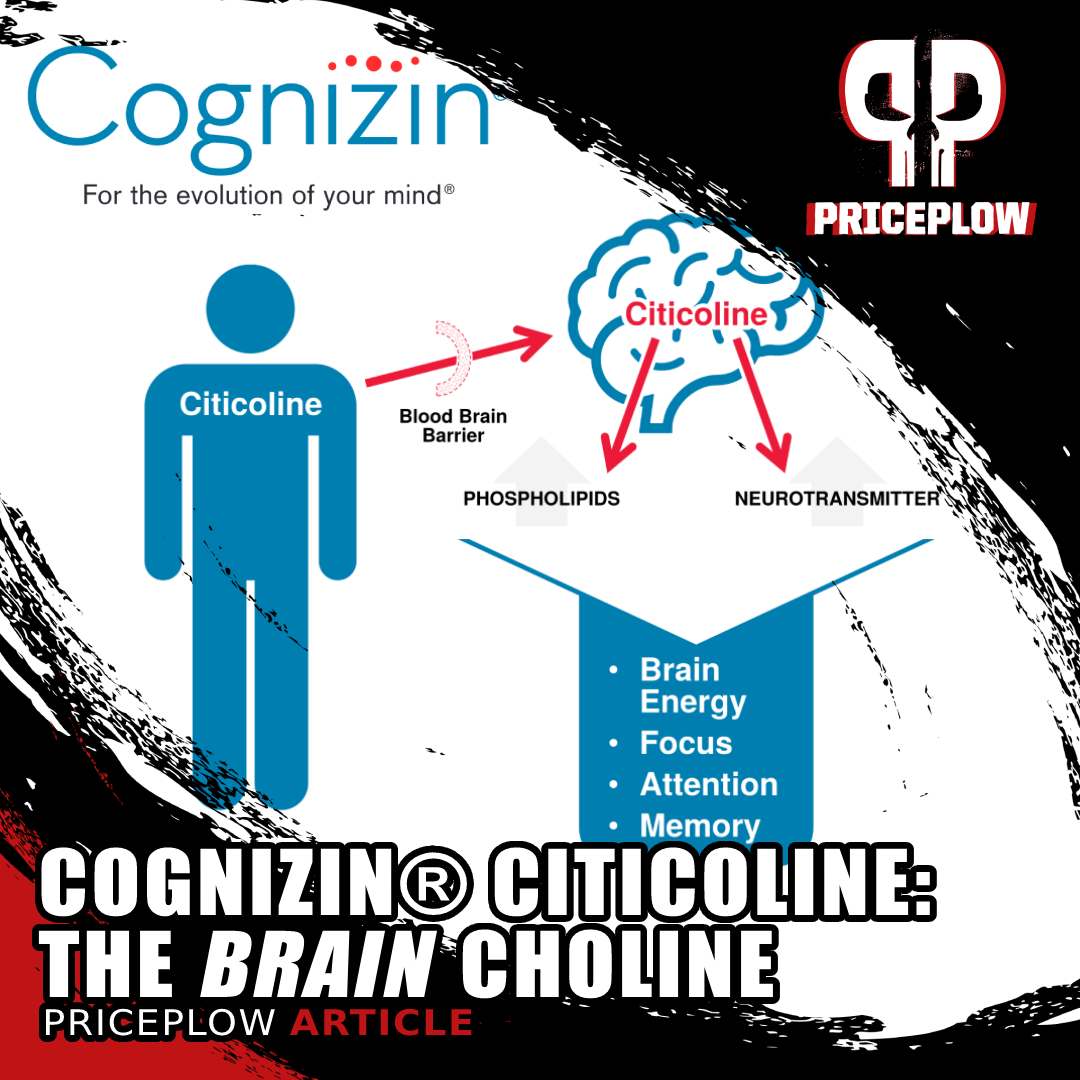
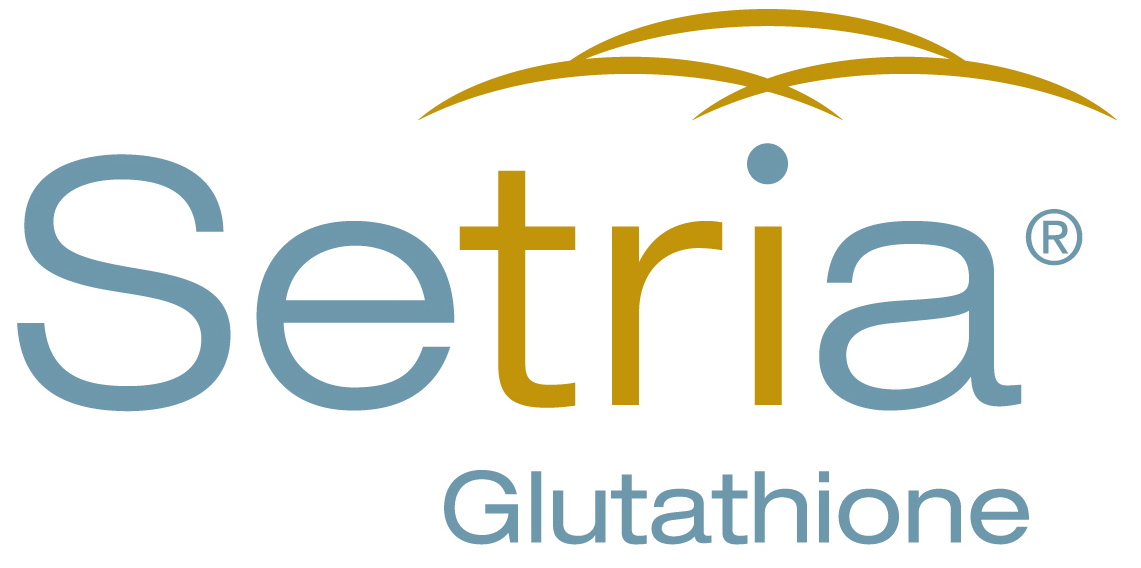
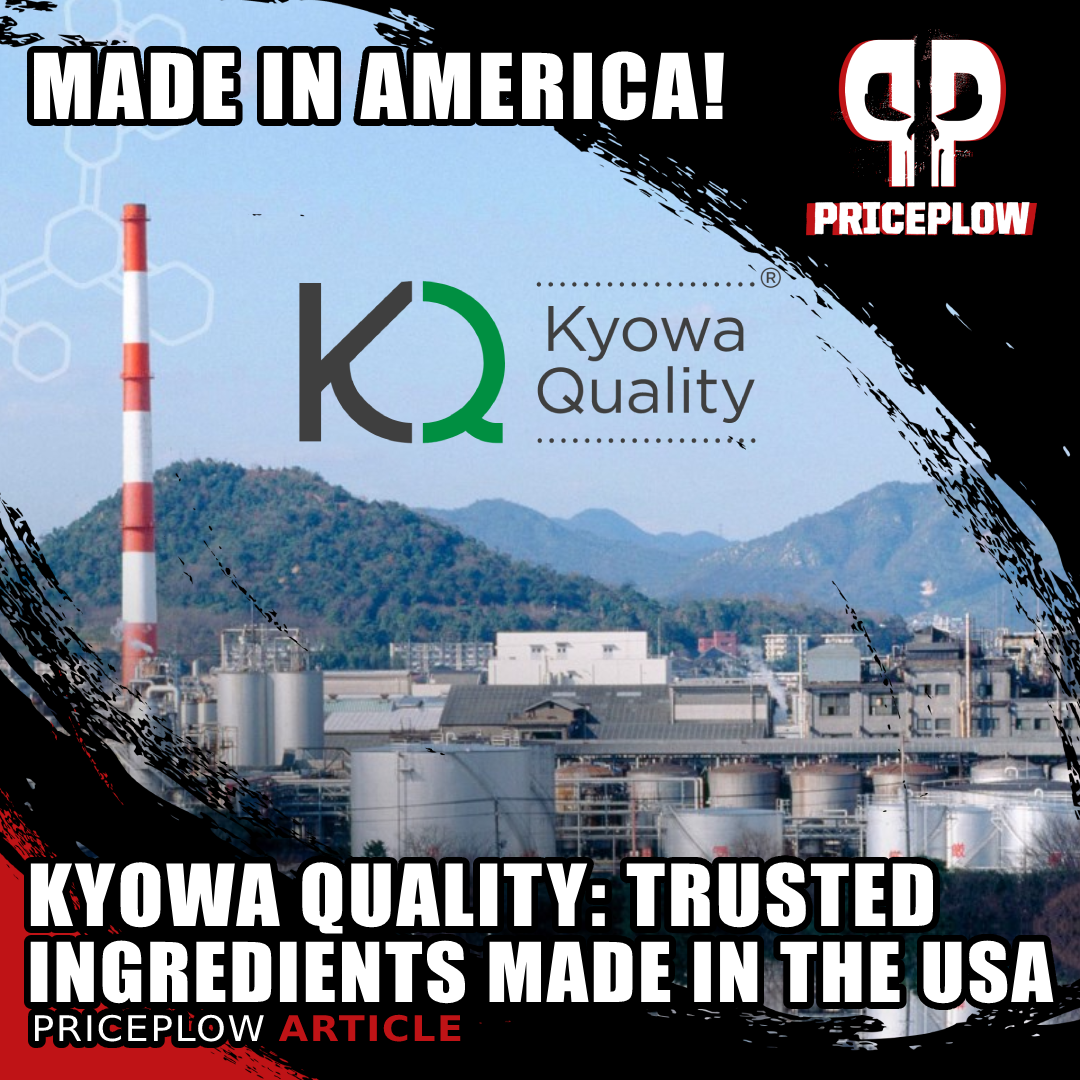


Comments and Discussion (Powered by the PricePlow Forum)